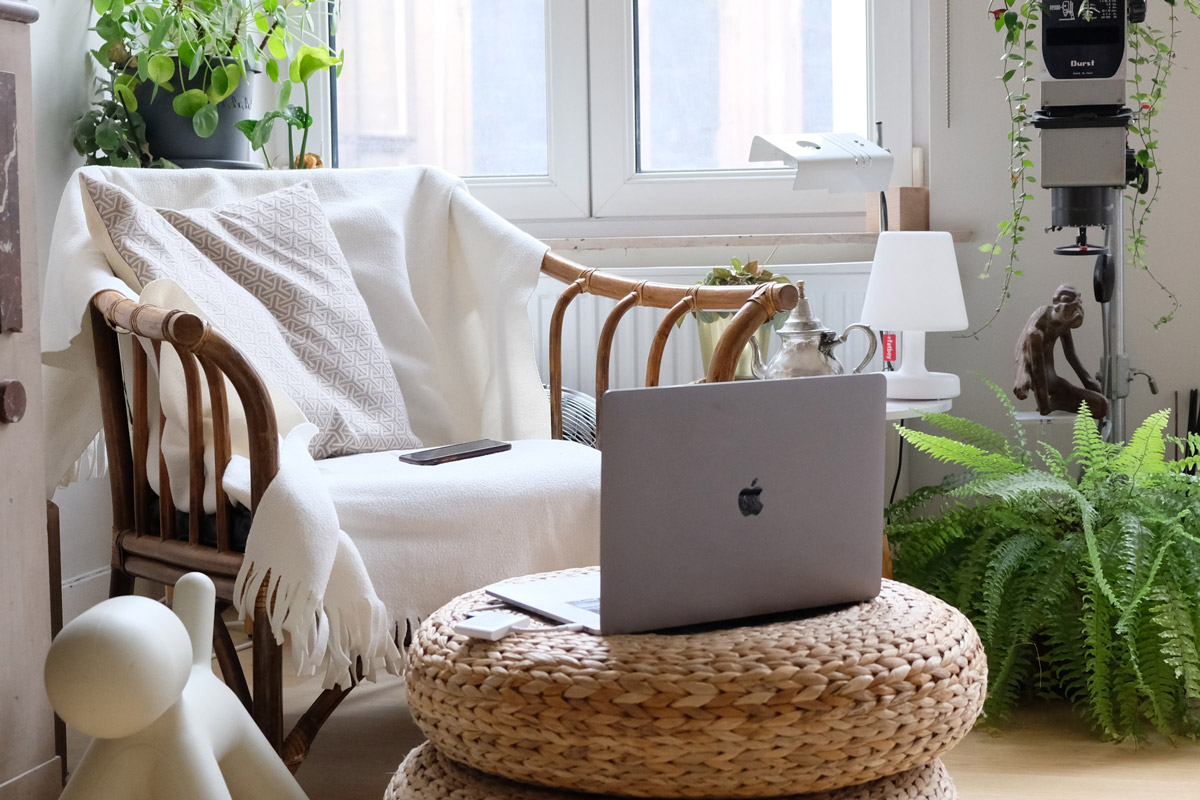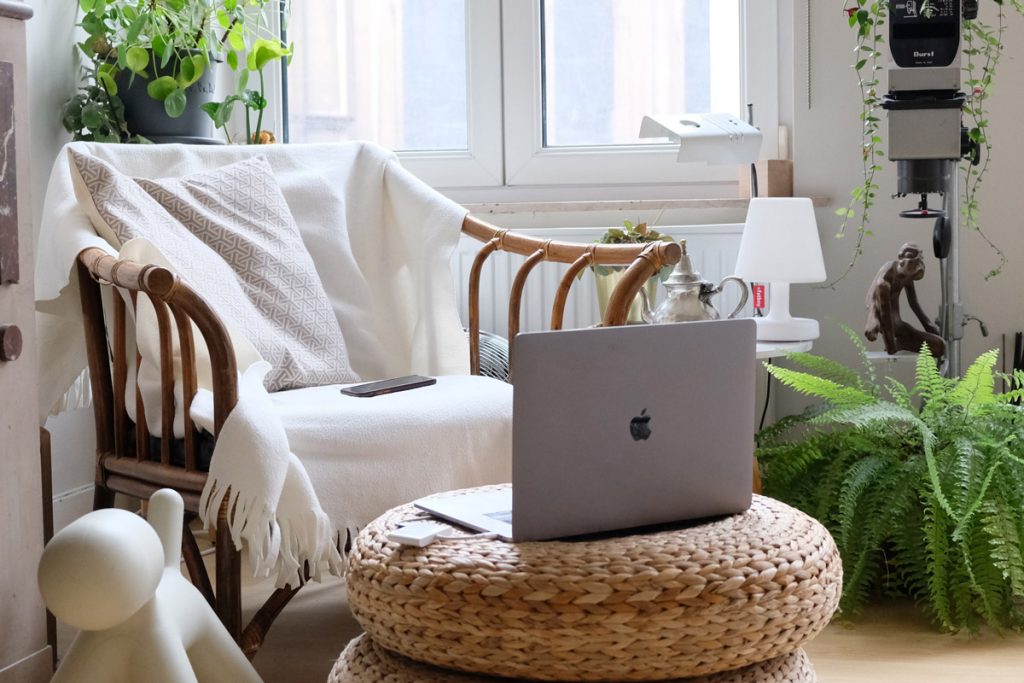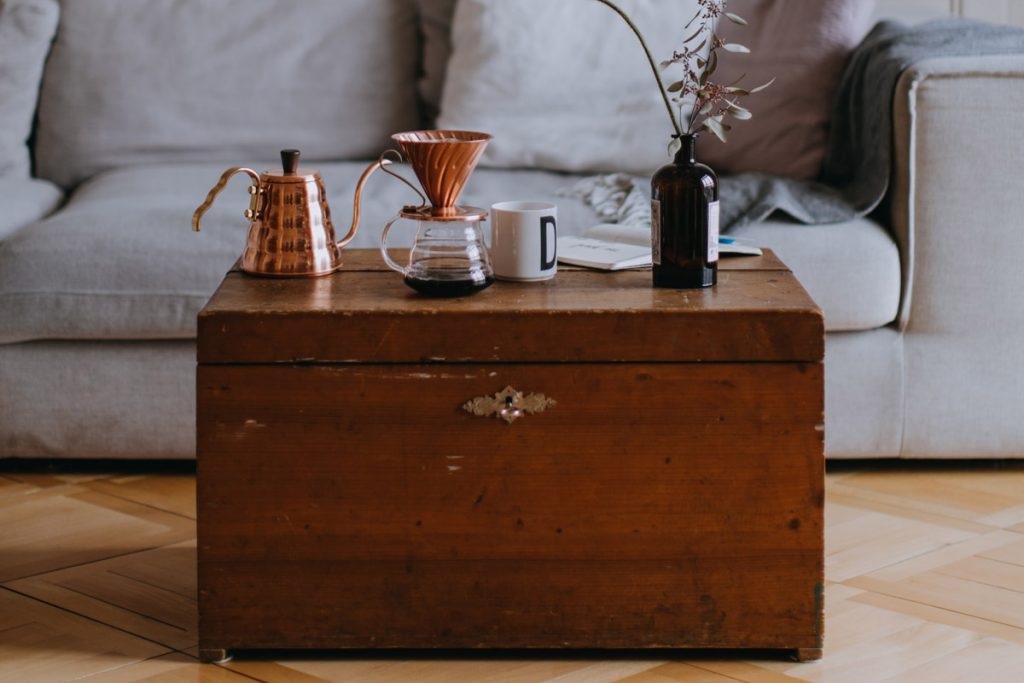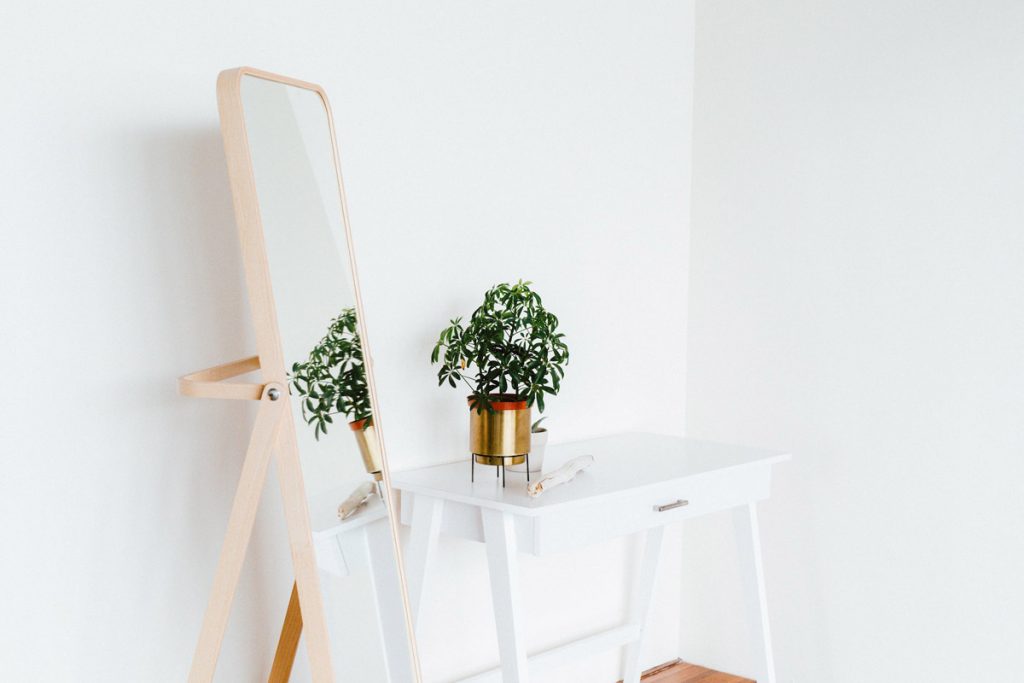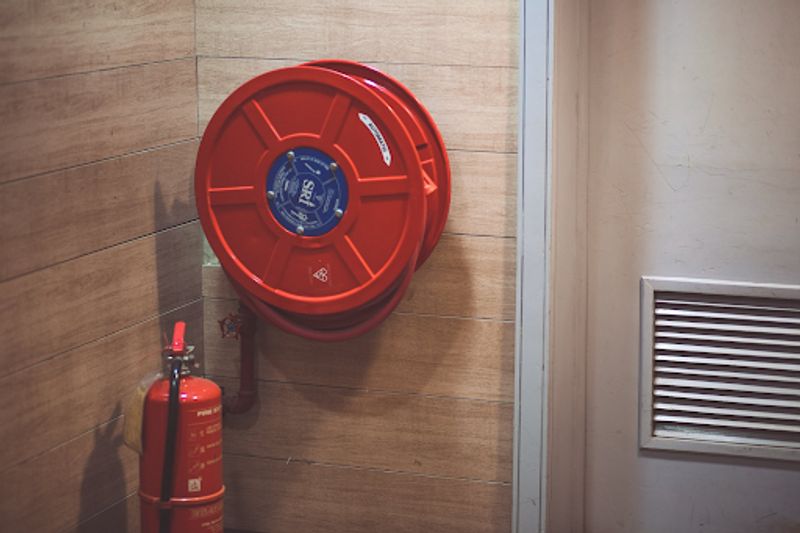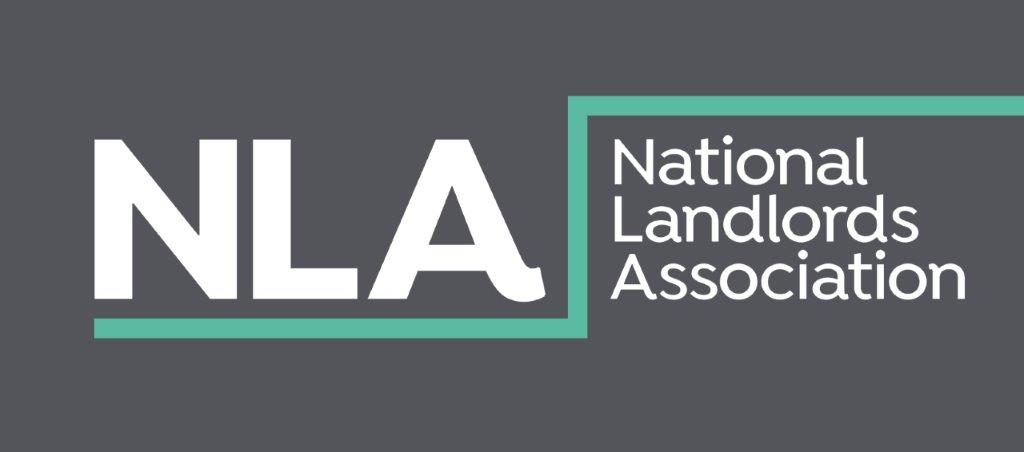
Valuations determine a building’s monetary value and are done for both sales and lettings properties.
Valuations allow us to determine what the property is worth, as a whole or on a nightly basis (depending on whether it is sales or lettings), but they also give both parties a chance to ask any questions about the property, the process or to raise any concerns they may have.
Below we list some of the most common questions that are asked during valuations across our short-let properties.
What would you need me to leave?
Your home must be fully furnished and have everything that is needed for a short-term stay. We have a list that we send to you of all of the essential items. This includes kitchenware e.g. pots, pans and utensils, plates, glassware, hoover, and cleaning items such as a dustpan and brush, mop and bucket etc.
Do I leave bedding and towels?
You will need to supply a duvet, mattress protector, pillows and pillow protectors but we provide the bedding, e.g., the duvet cover, sheets and pillowcases and bath and hand towels.
Who does the photographs?
Either our in-house photographer can take the photos or we can pay for them to be done by a professional photographer. We recommend professional photos on the basis that the average user on Airbnb takes 11 minutes and 31 seconds to book a property, so your property needs to stand out from the crowd.
Who sorts issues/fixes things? And how are these paid?
We have handymen who can come and fix any issues from wobbly toilet seats to broken beds. We always ensure that these are dealt with as quickly as possible to reduce any stress or inconvenience for guests.
As well as this, we have a list of vetted plumbers and electricians should we need to use them.
The cost of repairs and/or maintenance will come out of your settlement statement. However, these will all be approved by you first and if it has been a guests fault, we will do all we can to recoup the costs.
How involved in the process do I have to be?
We take care of everything, from setting up your property profile with professional photographs right through to ensuring guests enjoy their stay and everything that happens in between. You don’t need to do anything once you hand the property over to us.
Are there call-out charges?
Nope! One of the advantages about using Hopewell, is that we are a Bristol based company, so we’re always on hand for any issues that arise, whether that is in office ours, in the evening or over the weekend.
How long until my property can go live?
Your property can go live as soon as you are ready and is led by your schedule. We can get your property set up and live in as little as 24 hours on both our website and Airbnb.
When will I get paid and how?
You will receive payments on the 7th of every month and this will be for all bookings from the previous month.
Who will the guests be?
Guests can be anyone! Business travellers, tourists, even Bristol residents during their house sale.
Can I use the property still or are there restrictions?
There are no restrictions as such, all we ask is that you honour any bookings that are already in place and provide as much notice as possible if you are wanting to use the property.
What let type best suits my property?
This depends on your situation and how long you are wanting to let it for. We may recommend going down the mid-term route if you only wish to let for 2-4 months. If longer, short-term may best suit your requirements. However, we can do a combination of both to hopefully ensure maximum bookings and profit!
So, if you’re thinking of getting your property ready for the short lets market, we hope that we’ve answered some of your questions and concerns. If you’re ready to start earning money through your property, get in touch today for a free valuation!










